Cleaning the Ardo washing machine filter
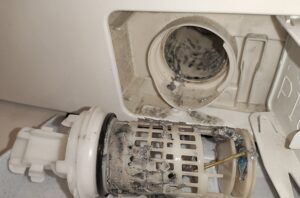 With each wash, the Ardo machine becomes dirty: hard water, soap scum, fabric particles and other debris get into the equipment, settling on its parts and components. Over time, the layer of scale and dirt becomes thicker, leading to blockages and breakdowns. Regular cleaning of equipment will be your salvation. The first stage of any cleaning, complex or superficial, is washing the filtration systems of the machine. How to clean the filter of an Ardo washing machine and what difficulties arise, we will consider in detail.
With each wash, the Ardo machine becomes dirty: hard water, soap scum, fabric particles and other debris get into the equipment, settling on its parts and components. Over time, the layer of scale and dirt becomes thicker, leading to blockages and breakdowns. Regular cleaning of equipment will be your salvation. The first stage of any cleaning, complex or superficial, is washing the filtration systems of the machine. How to clean the filter of an Ardo washing machine and what difficulties arise, we will consider in detail.
Cleaning the fluff filter
Ardo washing machines have two filters: fill and drain. The first purifies the water entering the machine, retaining the bulk of rust, sand and limescale. The second, drainage, filters waste liquid, preventing debris and deposits from entering the pump and sewer hose.
Without a drain filter, the drainage system would constantly break down: the pump would become dirty and fail, and the hose would become clogged with hairs and lint. With it, most of the garbage that gets into the machine is retained in a safe place - on a plastic spiral attachment located at the outlet of the drum. There is nothing complicated in cleaning the garbage filter - you can do it yourself without calling a repairman. You just need to prepare and strictly follow the instructions. A superficial acquaintance with the internal structure of Ardo won't hurt either.
Be careful! When you unscrew the filter, water will flow out of the machine!
The first step is to determine where the “trash bin” is located. It's simple - on most washing machines it is located at the bottom left of the front panel.To remove the filter, you need to unhook the technical hatch door from the housing. We proceed in the following sequence: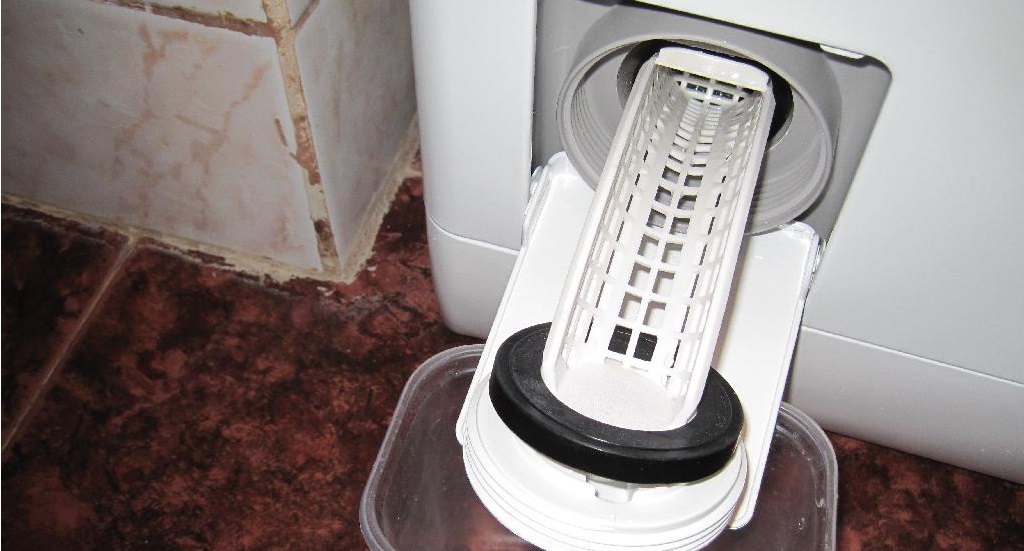
- disconnect the washing machine from communications;
- we move the machine to the center of the room;
- tilt the body back, raising the front a few cm;
- use a flat screwdriver to pry up the false panel and release the latches;
- place a container under the drainage filter (even after draining, water remains in the tank, which will spill out onto the floor when the filter is unscrewed);
- if there is an emergency drain hose, activate it;
- unscrew the filter plug;
- remove the nozzle from its seat.
The next step is cleaning the filter. First, large debris is removed, then the entire nozzle is washed. It is important to use only warm water - in boiling water the plastic and sealing rubber are deformed. Then we pay attention to the filter seat. It also gets very dirty with debris - you need to clean it with a soapy sponge. Then, using a flashlight, we shine through the drainage and find the pump impeller. If it rotates tightly, you will have to remove hair, dirt and other debris blocking it from the blades.
After cleaning, screw the nozzle tightly into place and start checking: connect the machine, start rinsing and carefully look at the “trash bin”. If there is no leakage, then the cleaning was successful. All that remains is to return the false panel to the Ardo and move the washer back to the wall.
How to remove stubborn stains?
If the garbage filter has not been cleaned for a long time, then you cannot wash it with ordinary water - you need more serious means. In this case, after superficial cleaning, we move on to “in-depth” cleaning. You will have to use professional cleaners, scrub with a brush or resort to soaking.
- Brushing with a toothbrush.Minor but caustic plaque can be removed using an old toothbrush and laundry soap. Rub as hard as possible.
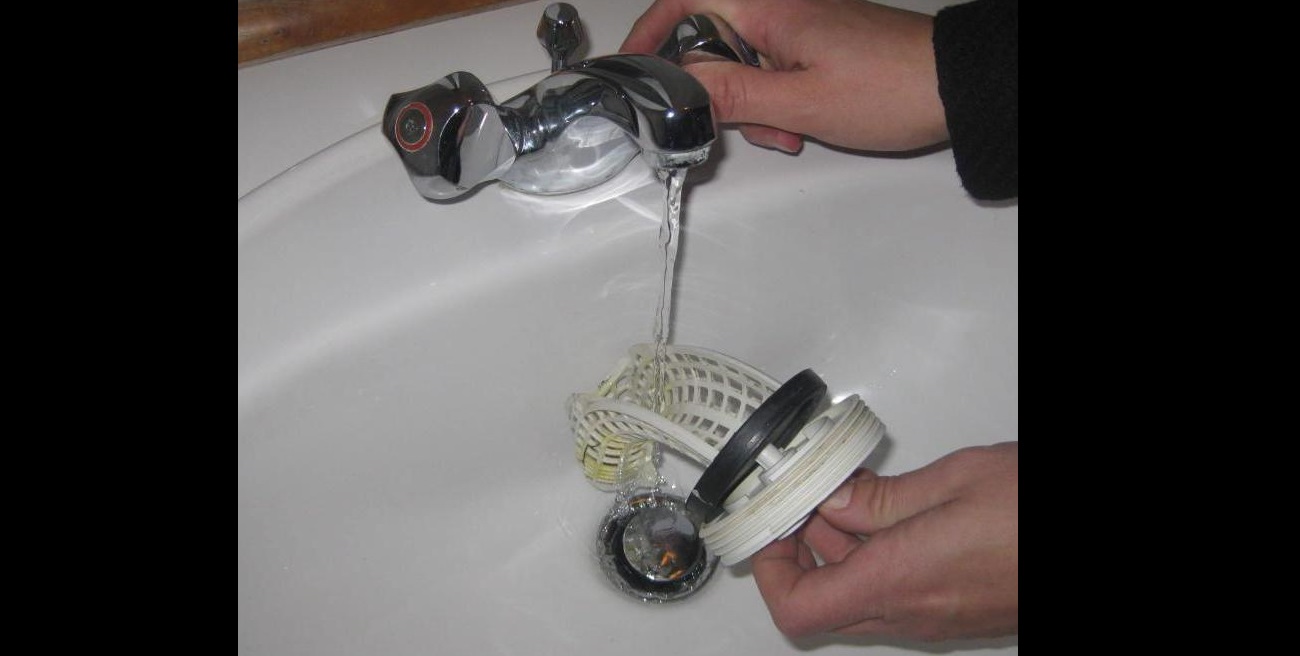
- Soak. Heavy stains need to be “soaked out”. We dilute soda and citric acid in warm water in a proportion of 20-50 g per liter, lower the filter into the solution and leave for 30-120 minutes. Afterwards we wash off the remaining rust and scale under the tap.
- Treatment with special means. It’s easy to find strong household chemicals in stores to remove rust and plaque. You just need to follow the instructions on the package.
The plastic and rubber of Ardo filters are quite resistant to friction and chemicals. The main thing is to avoid contact with the nozzle with boiling water and strong alkalis - they lead to deformation of the materials.
The filter is impossible to get
Sometimes cleaning the filter is complicated at the very beginning, when the user is unable to unscrew it. There are two reasons: either the nozzle is blocked by stuck debris, a bra wire, a coin, a clump of hair, or the “trash can” is caked with a thick layer of scale. In any case, you cannot leave the spiral in this position - you must remove it forcibly.
In addition to manually washing the filter, there is a more comprehensive option - run a cleansing wash: an idle cycle with a professional detergent.
To remove the filter, you will have to use cunning and force. There are three working methods, designed for different degrees of “severity” of adhesion. It is better to start with the very first and easiest, gradually moving to more radical ones.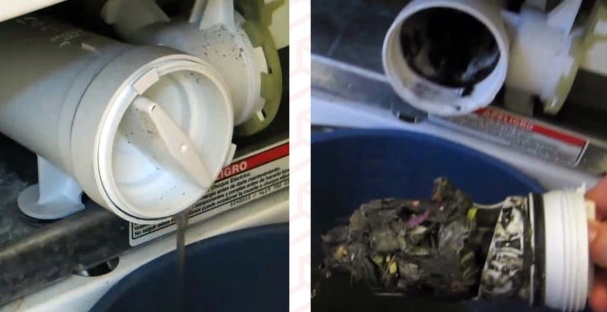
- Method 1 is to try to unscrew the filter using tools. You need to grasp the protruding part of the garbage can with pliers and press firmly on the nozzle. The main thing is not to overdo it, otherwise the plastic will break.
- Method 2 – knock out the nozzle.The method is suitable for any situation: if the filter does not give in at all, is partially unscrewed, or, dangling loosely in the socket, cannot be pulled out. You need to tilt the Ardo case back and lean it on the wall, then tap the surface next to the lid with your fist. With a few blows we “break through” the garbage can itself. Our task is to push the blocking object, freeing the thread.
- Method 3 - operate through the drain pump. It is used in the most severe cases, when none of the previously described options worked. You will have to put the Ardo on its side, unscrew the bottom and, looking into the machine, find and dismantle the pump. Next, we clean the entire drainage, including the filter. You can treat the inside of the trash can with WD-40 if a thick layer of scale prevents it from moving.
If you clean the garbage filter regularly, there will be no problems with unscrewing it, since the nozzle gives in immediately. The optimal frequency for drain cleaning is once every 3-4 months. If you have pets or frequently wash woolen clothes, it is recommended to flush the drain monthly.
Interesting:
Reader comments
- Share your opinion - leave a comment
Categories
Washing machine repair


For buyers

For users

Dishwasher

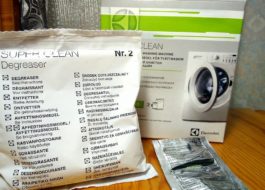
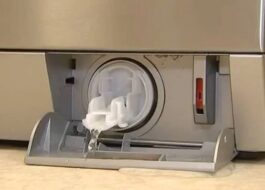
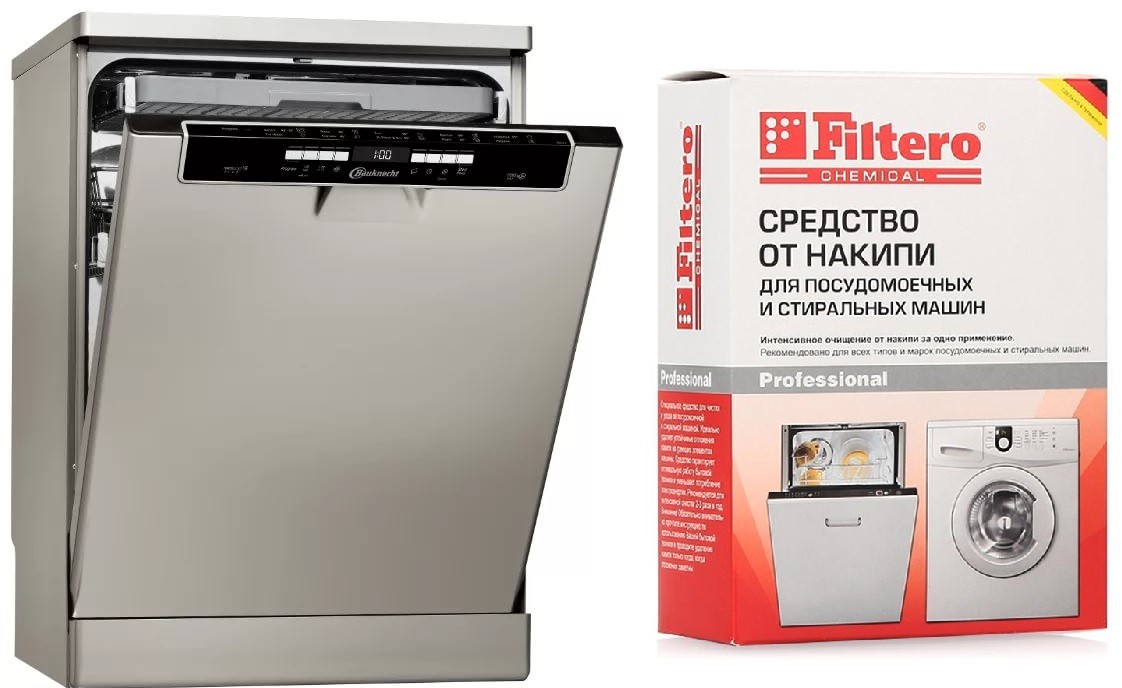
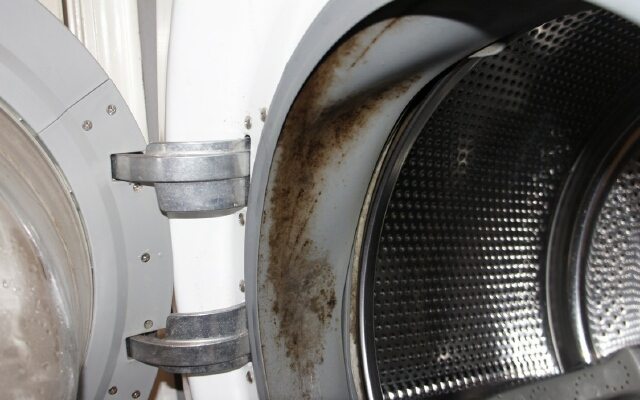
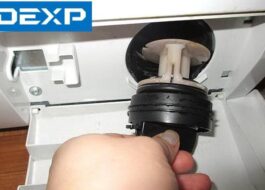
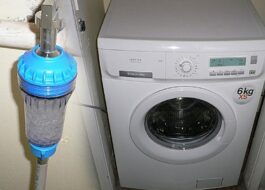










Add a comment